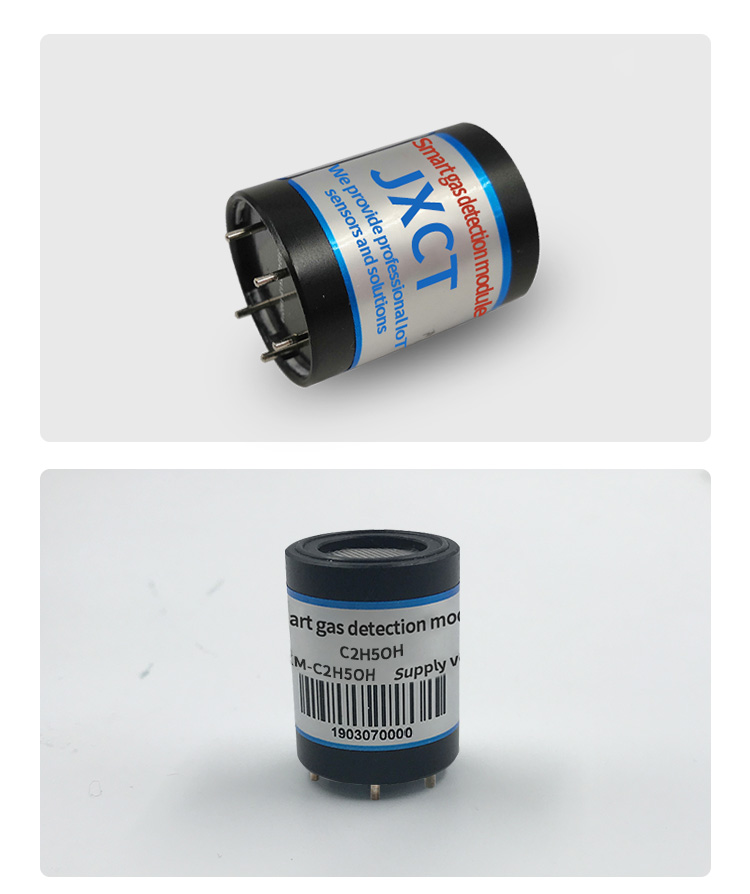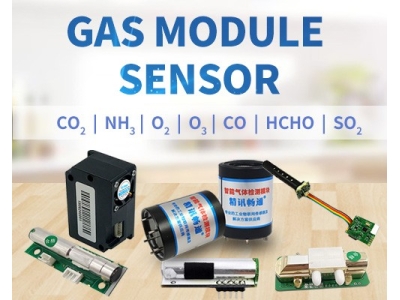Gas detection is a critical component of workplace safety in many industries, including oil and gas, mining, manufacturing, and chemical processing. Gas sensors are used to detect the presence of hazardous gases and alert workers to potential dangers. In this article, we will provide a comprehensive overview of gas sensors, including their types, applications, and limitations.
Types of Gas Sensors
There are several types of gas sensors, each with its own strengths and limitations. The most common types of gas sensors are:
Catalytic Bead Sensors: These sensors detect flammable gases by measuring the heat of combustion. They are commonly used in gas detection systems for combustible gases, such as methane, propane, and hydrogen.
Infrared Sensors: These sensors detect gases by measuring the absorption of infrared light by the gas. They are commonly used in gas detection systems for carbon dioxide, methane, and other gases.
Electrochemical Sensors: These sensors detect gases by measuring the electrical current produced by a reaction between the gas and a chemical electrode. They are commonly used in gas detection systems for toxic gases, such as carbon monoxide and hydrogen sulfide.
Photoionization Detectors: These sensors detect gases by measuring the ionization of gas molecules by ultraviolet light. They are commonly used in gas detection systems for volatile organic compounds (VOCs).
Applications of Gas Sensors
Gas sensors are used in a wide range of applications, including:
Oil and Gas Industry: Gas sensors are used to detect the presence of flammable and toxic gases in oil and gas production facilities, refineries, and pipelines.
Mining Industry: Gas sensors are used to detect the presence of methane and other gases in underground mining operations.
Manufacturing Industry: Gas sensors are used to detect the presence of gases in manufacturing processes, such as welding, painting, and chemical processing.
Environmental Monitoring: Gas sensors are used to monitor air quality and detect the presence of pollutants in the environment.
Limitations of Gas Sensors

While gas sensors are an essential tool for workplace safety, they do have some limitations. Some of the limitations of gas sensors include:
Cross-Sensitivity: Gas sensors can sometimes detect other gases that are similar in structure or composition to the target gas, leading to false alarms.
Calibration: Gas sensors require regular calibration to ensure accurate readings. Failure to calibrate gas sensors can lead to inaccurate readings and false alarms.
Response Time: Gas sensors may have a delayed response time, which can be a problem in situations where rapid detection is critical.
Temperature and Humidity: Gas sensors may be affected by temperature and humidity, leading to inaccurate readings.
In conclusion, gas sensors are an essential tool for workplace safety in many industries. By detecting the presence of hazardous gases and alerting workers to potential dangers, gas sensors can help prevent accidents and save lives. While gas sensors have some limitations, their benefits far outweigh their drawbacks. As technology advances, gas sensors are expected to become even more accurate, reliable, and versatile, further enhancing workplace safety.






